+ Nicky Hamlyn in conversation with BFI National Archive curator William Fowler
A work from every decade of Nicky Hamlyn’s extensive output is included in a career-spanning programme about cyclical patterns and the radical, experimental use of different moving-image technologies.
Silver Street. 1975. Dir Nicky Hamlyn. 3min.
Silver Street was shot in a single day from my student house in Reading, Berkshire, where I studied Fine Art. Shots were made indoors and outdoors every hour. I adopted a shooting system using consistent framings, interspersed with variations. The film contrasts the interior personal space with the noisy street outside.
That Has Been. 1988. Dir Nicky Hamlyn. 10min.
Shot entirely in two rooms, the film explores ideas about layers of representation. I was interested in the idea of how the things represented recede beneath their representations. Hence there are re-filmed photographs, Polaroid self-portraits and Super 8 footage. Two of the five sound sections are original and three are from other sources: Barthes, Robbe-Grillet and Moravia.
Telly. 1995. Dir Nicky Hamlyn. 4min.
An exploration of the TV as both an image bearer and a piece of domestic furniture that generates further images through its reflective screen. Images re-worked from an episode of the popular British TV soap opera Brookside, in which a mysterious flesh-eating illness has terrorised the community.
Not Resting. 1999. Dir Nicky Hamlyn. 4min.
Shot in a single room from a single position, the film is made on colour negative but depicts only black and white objects. The tonal range begins with white and gradually darkens to shades of black with each successive shot.
Clapping. 2006. Dir Nicky Hamlyn. 1min.
I filmed myself clapping. I kept just the frames where the hands meet and make a sound, and discarded the other frames, so you see and hear 1500 claps.
Four Toronto Films. 2007. Dir Nicky Hamlyn. 18min.
The suite of four short films was produced during a residency at LIFT film workshop, Toronto, in summer 2007. Three of the four sections were filmed in, or within a stone’s throw of each other in Manning Avenue in Toronto (sidewalk, window, back lane). The fourth section was made at Koshlong Lake, near Haliburton, about 100 miles northeast of Toronto. I aimed to find correspondences between the morphology of the subject matter and the form of the technology, for example, between the pavement, which is made up of nearly identical rectangular slabs, and the film-strip, which is similar. All four films were shot frame by frame, and the middle two colour films were both shot in time-lapse at a rate of one frame every 15 seconds.
Ferrel. 2019. Dir Nicky Hamlyn. 4min.
A single shot of irrigation sprays in a field in Ferrel, Portugal, was cut into three frame sections, each of which is looped for ten seconds. Each successive loop advances by one frame.
Porquerolles. 2019. Dir Nicky Hamlyn. 22min.
The first part permutates all the shots possible from framings of combinations of six stone blocks, in a circle in a field on the island of Porquerolles, near Hyères. Subsequent sections are more freely improvised or consist of animated, three-frame loops generated from cropped sections of a single jpeg of one of the stones. The final part is a sequence of dissolves of screenshots taken from satellite images of the location.
Clouds, Swifts. 2025. Dir Nicky Hamlyn. 6min.
The films and videos in the programme represent two main strands in my work. Not included are the more occasional multi-projector performance pieces and installations.
Silver Street is a student work, and the first conventionally produced film I made – shoot, develop, edit, print. This followed some experiments with unsplit Standard 8 that employed permutational image-generating systems. At the time I was influenced by talks given by some members of the Systems group of artists while a student at Reading University. A system, or looser procedure, was deployed subsequently in Not Resting, a black and white film shot on colour stock whose images shift gradually from white to black.
That Has Been is a much longer film, one of several made in the 1980s, in which I tried to combine formal approaches with an exploration of subjectivity verging on the autobiographical. I eventually abandoned this approach as I felt it was leading to an over-subjective and randomised process of image generation.
In Four Toronto Films I tried to establish a reflexive, isomorphic relationship between medium and subject. The first section consists of a sequence of identically framed paving slabs whose sequential form resembles the 16mm filmstrip on which it was shot, with its frame lines and sprocket holes. The camera’s recording is inscribed in the film by its shadow, which gradually moves around as the day progresses.
I made Telly principally to teach myself three-machine video tape editing. I was teaching on the Time-Based Media course at Kent Institute of Art and Design in Maidstone and really needed to get up to speed. Partly in recognition of the pioneering video artist David Hall, who founded the Maidstone course, I made the boxiness of the 1980s TV set a feature of the work, combined with matting processes and intermediate stages – ‘layoffs’. Some of the footage was reworked from an episode of the TV soap Brookside, in which a mysterious flesh-eating virus has terrorised the community.
Clapping and Ferrel both exploit editing processes that would be extremely laborious and costly to make on film, but which are easy to do using digital editing software. Ferrel is one of several in which three consecutive frames are looped. Each loop runs for 20 seconds before advancing by one frame. The same procedure is deployed in Porquerolles except that here single jpegs of a block of stone are cropped, re-framed into three overlapping images and looped. The same procedure yields an indefinite number of different results depending on the original image, and on how it’s cropped and reframed. The first part of Porquerolles uses a strict system. I made jpegs of five blocks of stone, arranged in a loose circle in a field. In the first cycle we see blocks one, two, three, four and five individually. In the next we see pairs: one and two, two and three, three and four, four and five, then threes, fours and fives. This section was partly inspired by the composer Tom Johnson’s permutational work Chord Catalogue (1986), in which all the 8178 possible chords available from the 12 semi-tones on a piano, are realised.
Clouds, Swifts (in progress) uses surrounding buildings to try to break down the default frame. The shots are activated and determined by birds flying through the space, so a chancier procedure is in operation.
Nicky Hamlyn, 2025
SIGHT AND SOUND
Never miss an issue with Sight and Sound, the BFI’s internationally renowned film magazine. Subscribe from just £25*
*Price based on a 6-month print subscription (UK only). More info: sightandsoundsubs.bfi.org.uk

BFI SOUTHBANK
Welcome to the home of great film and TV, with three cinemas and a studio, a world-class library, regular exhibitions and a pioneering Mediatheque with 1000s of free titles for you to explore. Browse special-edition merchandise in the BFI Shop.We're also pleased to offer you a unique new space, the BFI Riverfront – with unrivalled riverside views of Waterloo Bridge and beyond, a delicious seasonal menu, plus a stylish balcony bar for cocktails or special events. Come and enjoy a pre-cinema dinner or a drink on the balcony as the sun goes down.
BECOME A BFI MEMBER
Enjoy a great package of film benefits including priority booking at BFI Southbank and BFI Festivals. Join today at bfi.org.uk/join
BFI PLAYER
We are always open online on BFI Player where you can watch the best new, cult & classic cinema on demand. Showcasing hand-picked landmark British and independent titles, films are available to watch in three distinct ways: Subscription, Rentals & Free to view.
See something different today on player.bfi.org.uk
Join the BFI mailing list for regular programme updates. Not yet registered? Create a new account at www.bfi.org.uk/signup
Programme notes and credits compiled by Sight and Sound and the BFI Documentation Unit
Notes may be edited or abridged
Questions/comments? Contact the Programme Notes team by email

